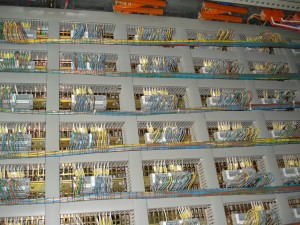
Until recently, industrial control systems were not considered as a potential object requiring information security.
The equipment used in control systems, as well as the data transfer protocols, were too specific, the systems were isolated from external connections. The increasing penetration of commercial IT products into industrial automation, as well as the ubiquity of Ethernet networks and the Internet, led to the emergence of a class of malware targeting against attacks on automation equipment. The number of incidents related to violations of information security of control systems is growing exponentially.
Train control systems, which in many cases can be classified as critical control systems, also require special attention in terms of their ability to withstand modern threats.
Despite the fact that microprocessor systems functionally replicate relay systems, there are a number of fundamental differences. The main thing, in our opinion, is that, unlike a relay system, microprocessor systems are not only control systems, but also information systems with their own special characteristics, life cycle and operating requirements. In particular, in addition to the requirements for ensuring functional safety, usual for relay systems, requirements for ensuring information security must also be applied to microprocessor systems.
The MPC system uses information networks based only on standard data transfer protocols.
In the MPC architecture, our company proposes to distinguish segments – automation levels. Each segment implements a certain level of communication. Each segment has identified risks, and different levels of security policies are applied to communicate between segments.
back





